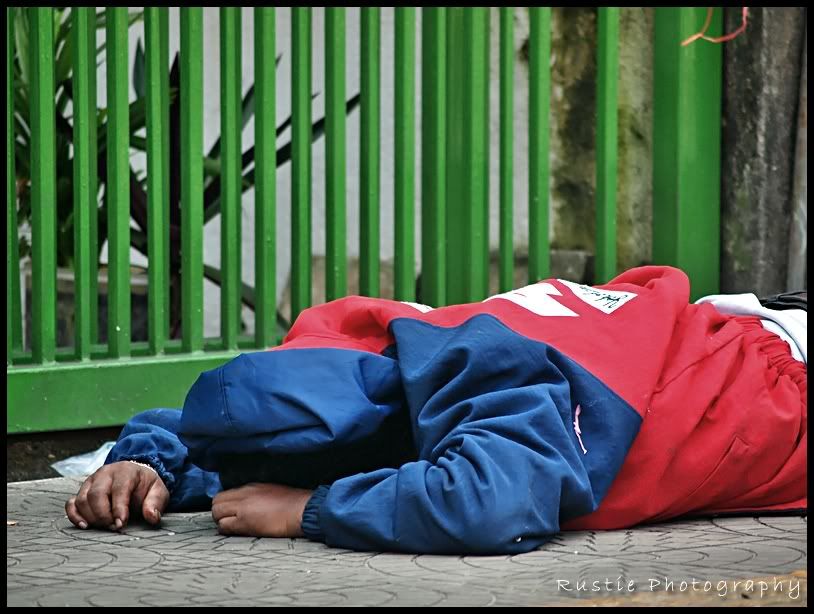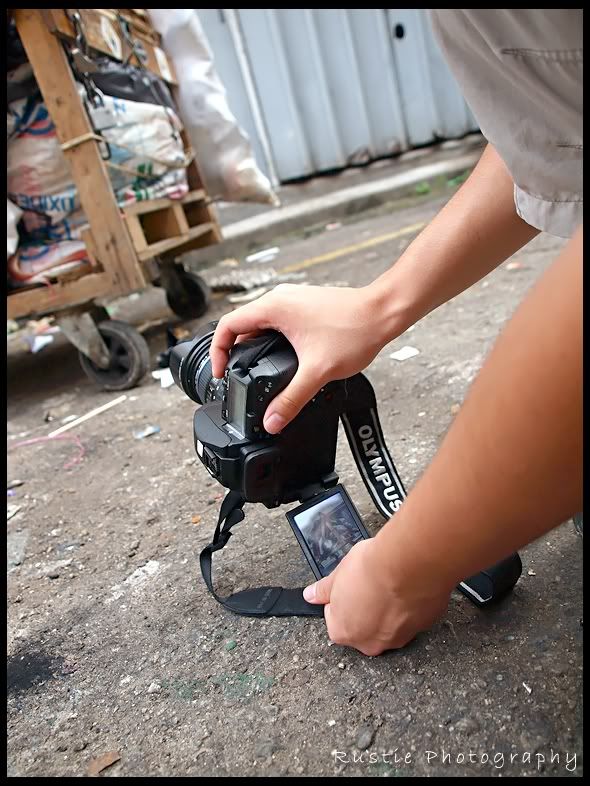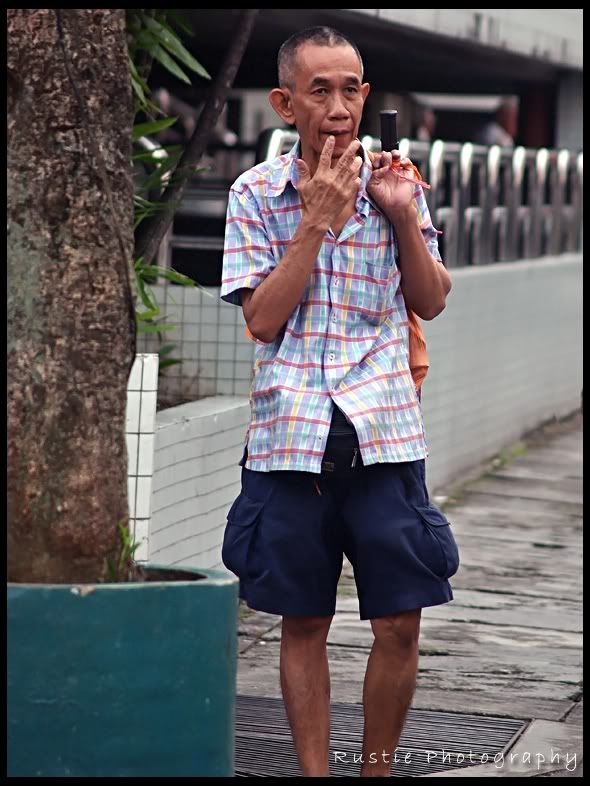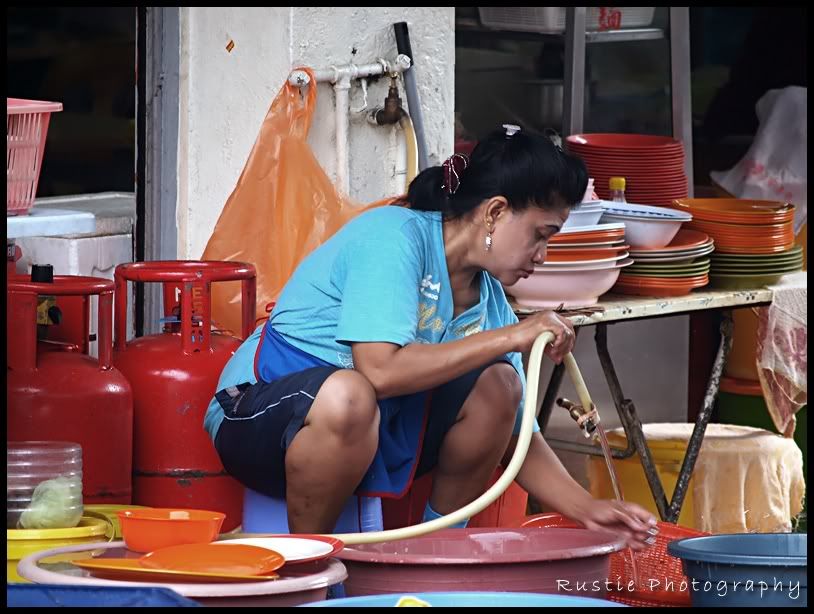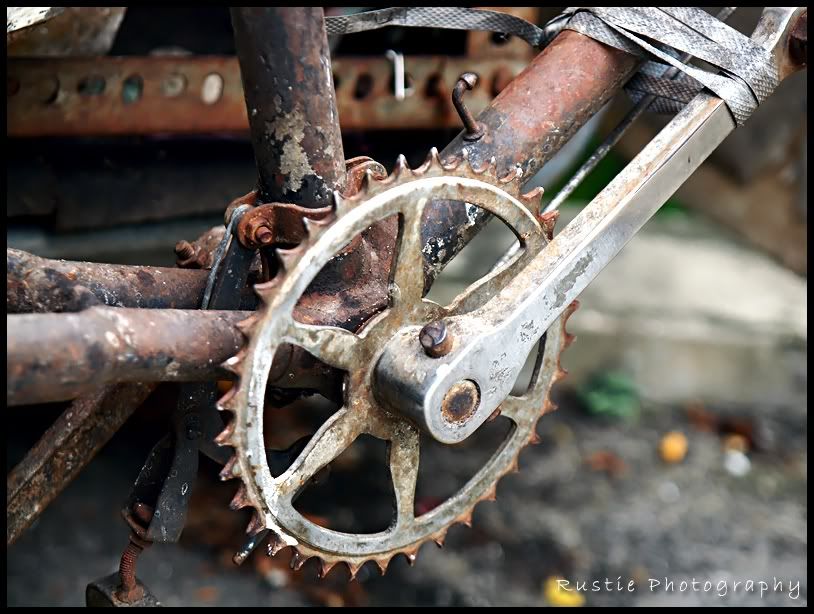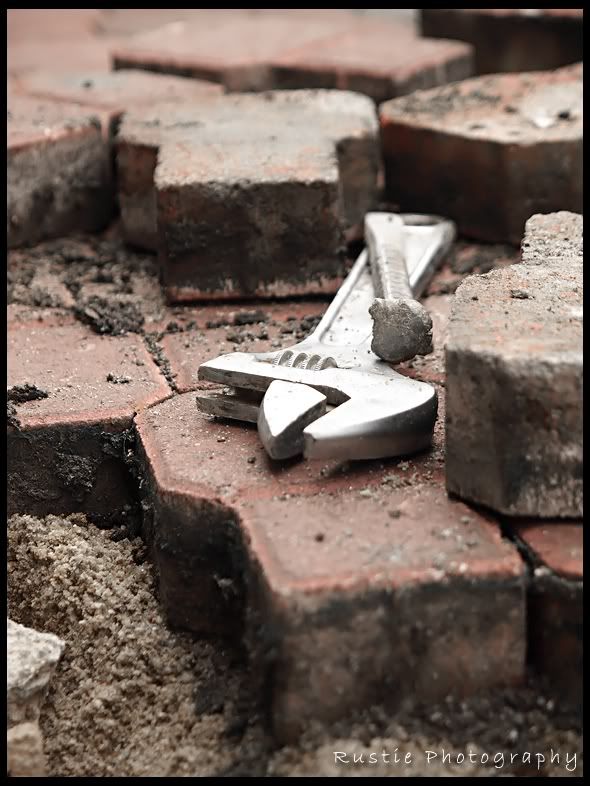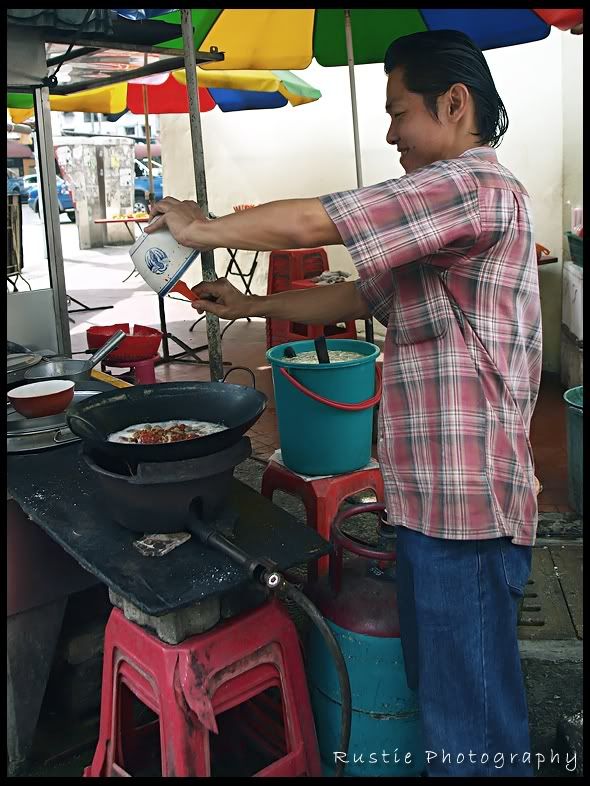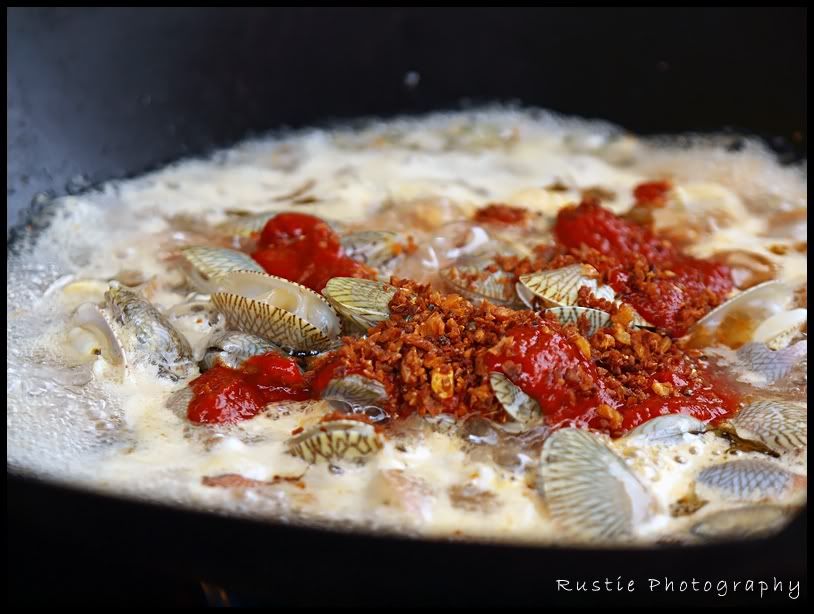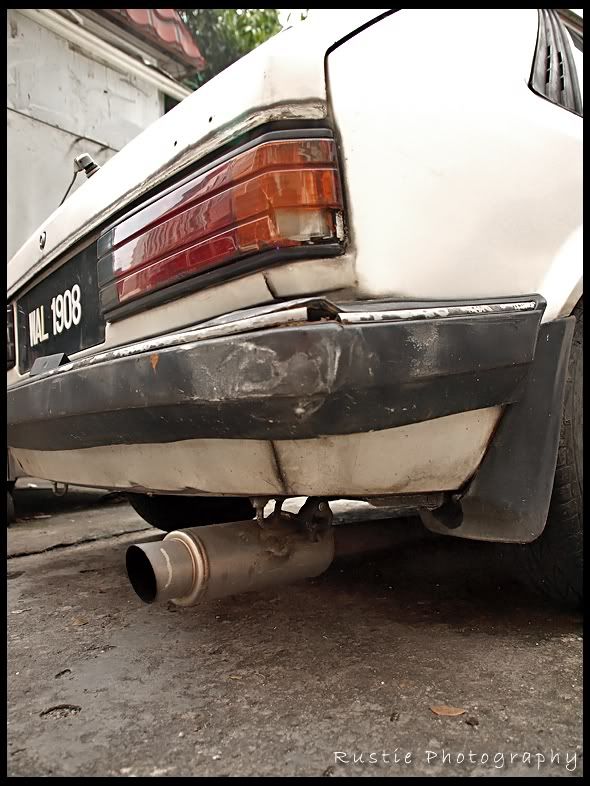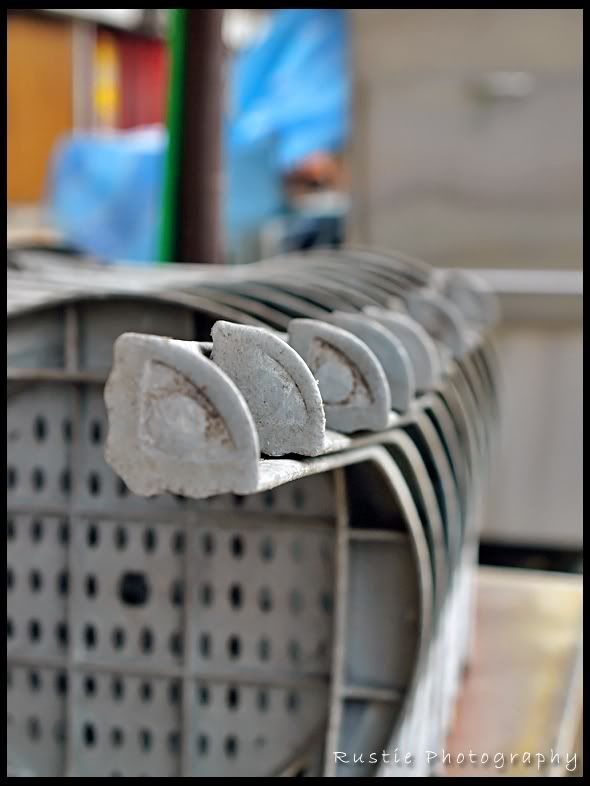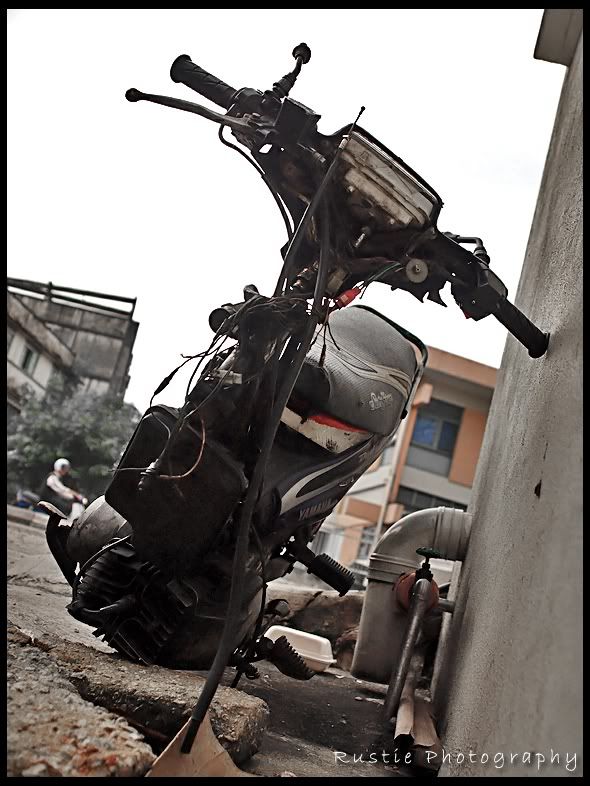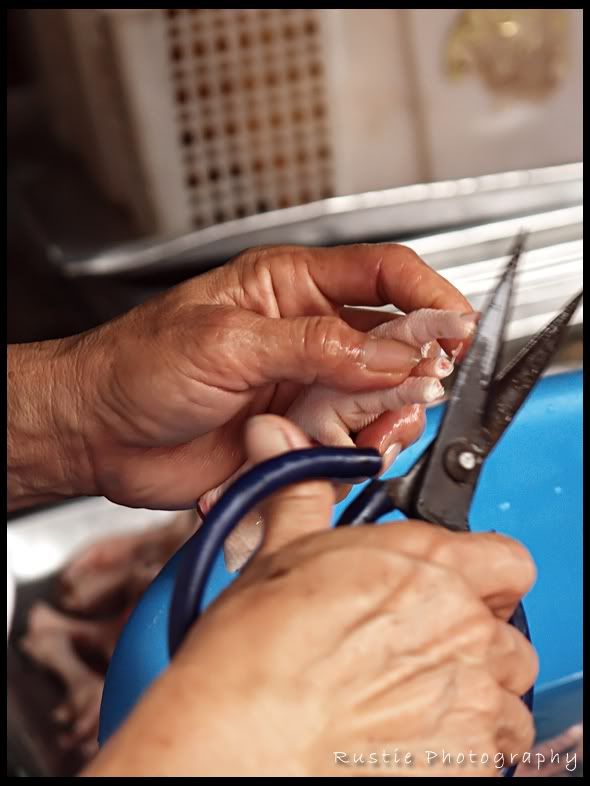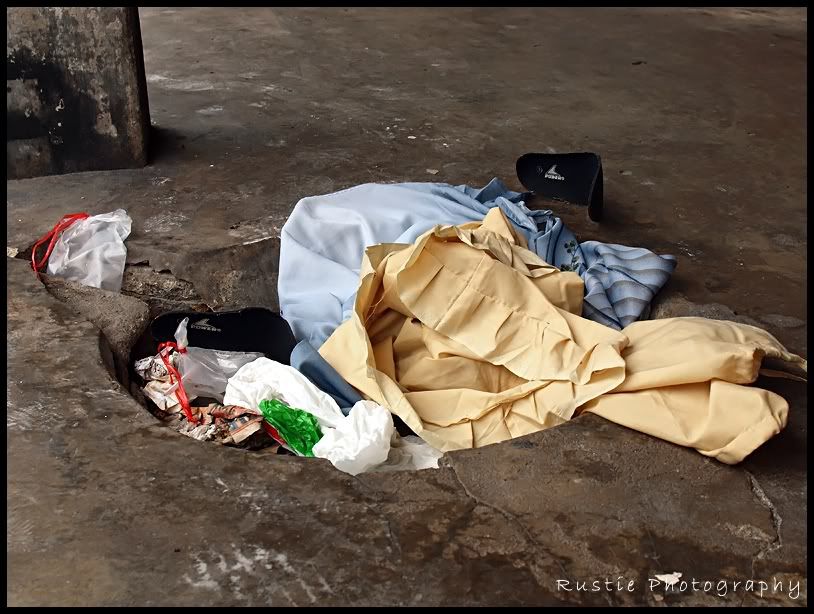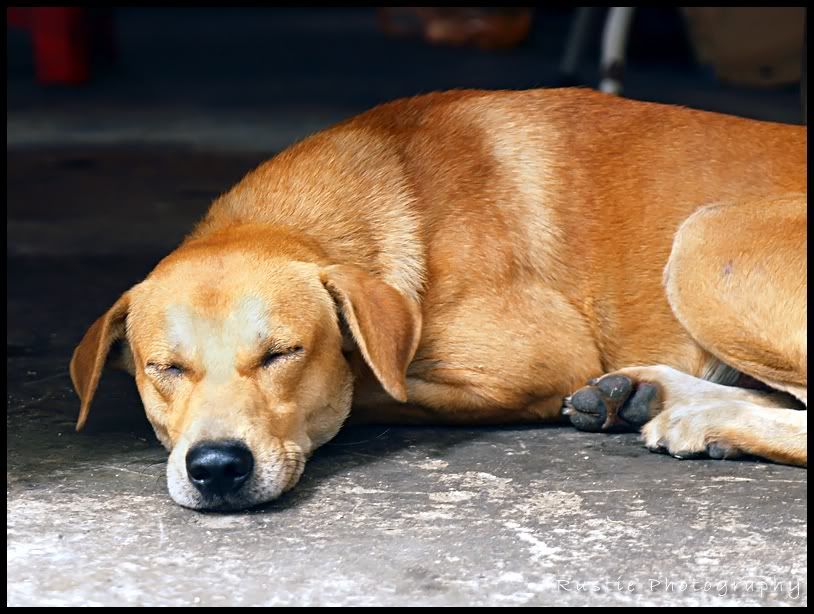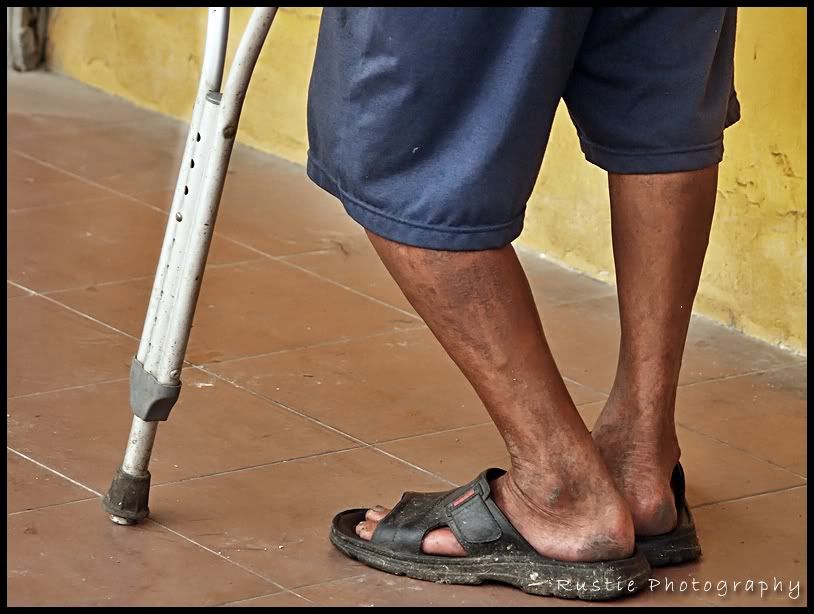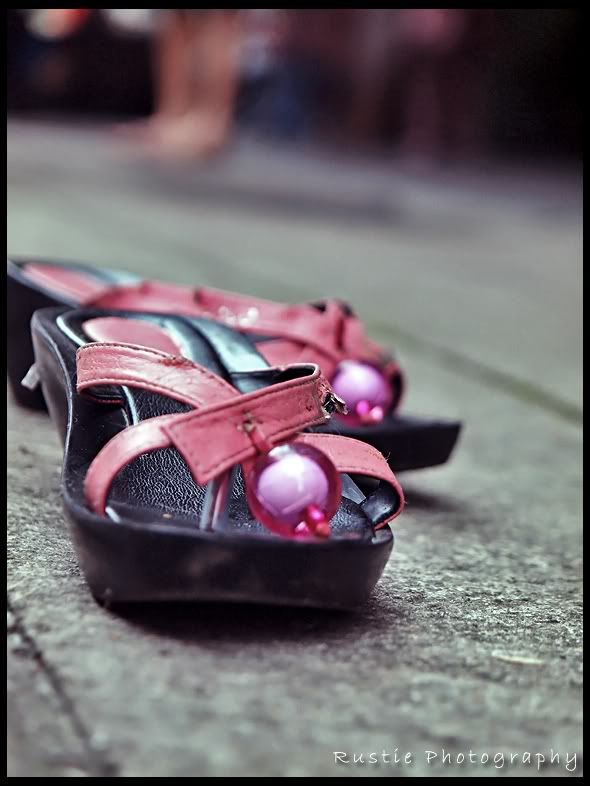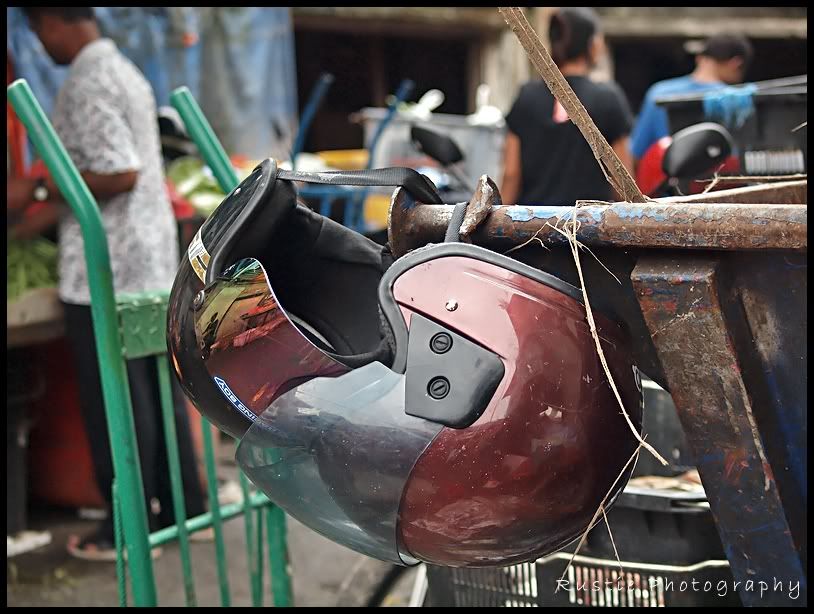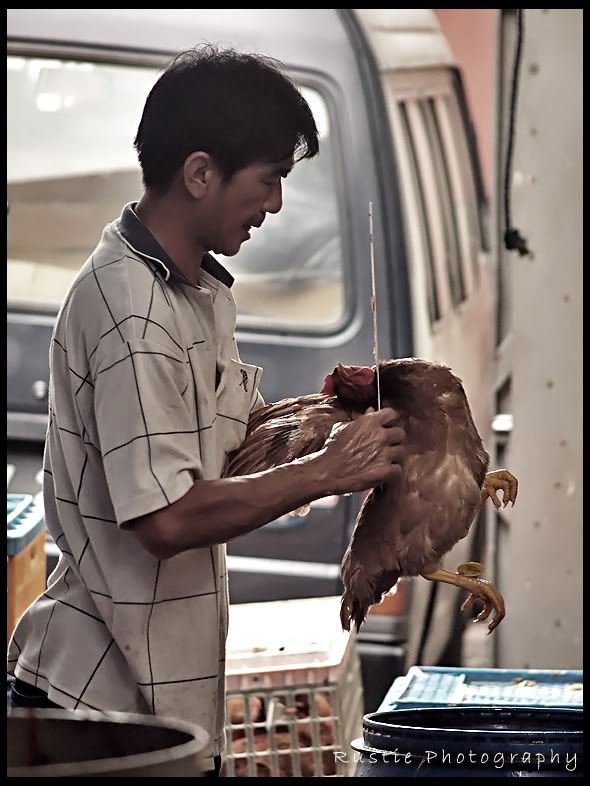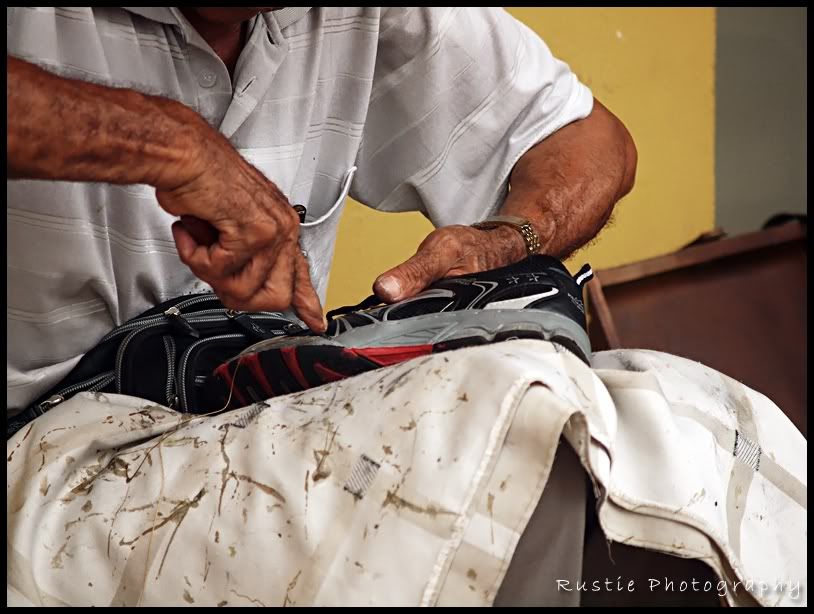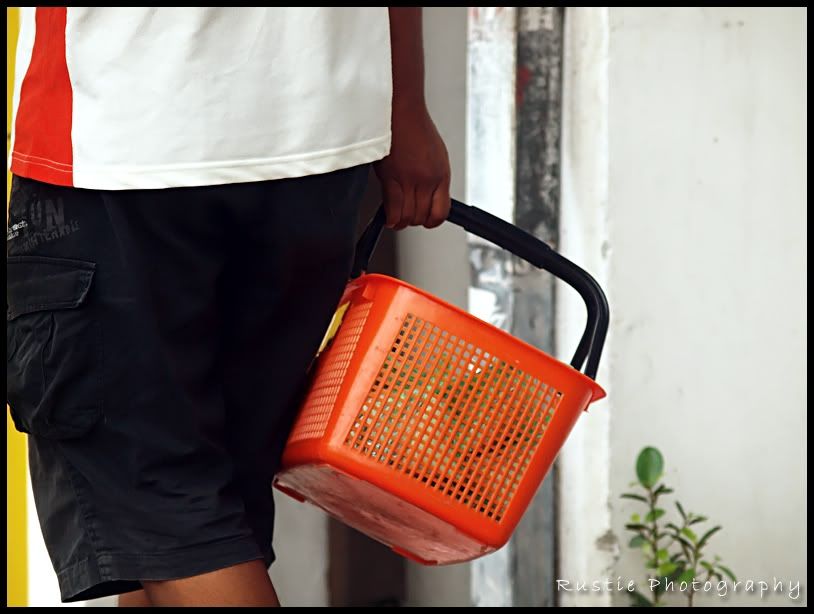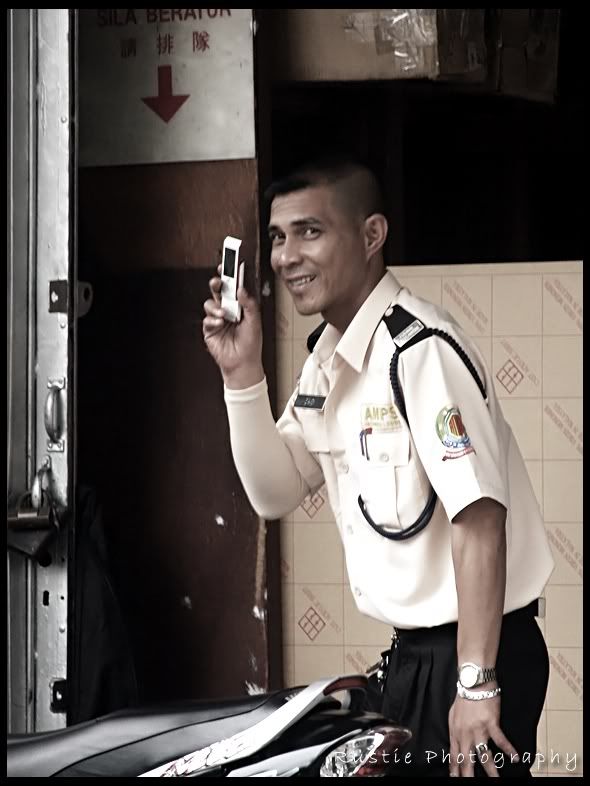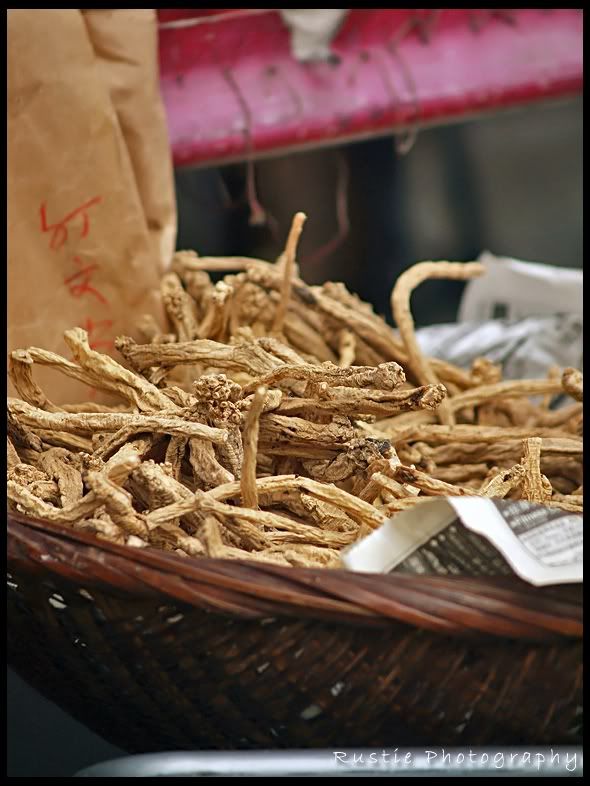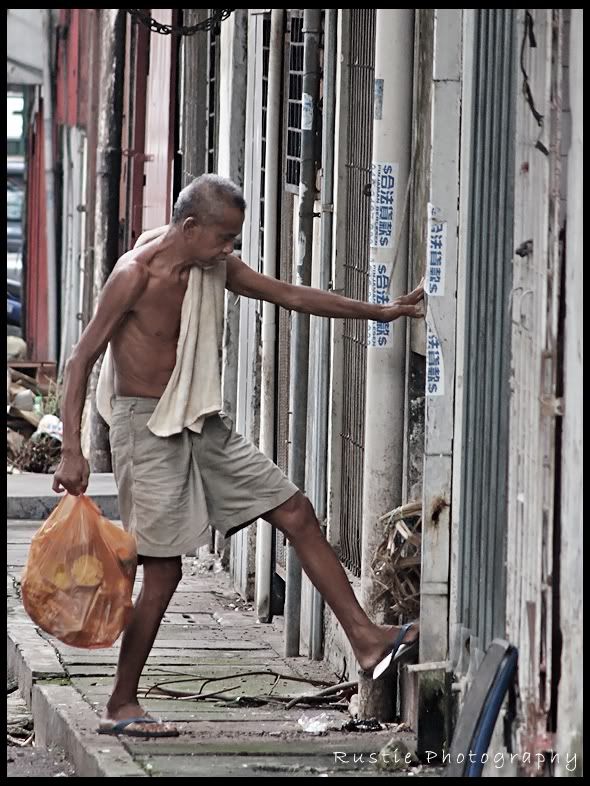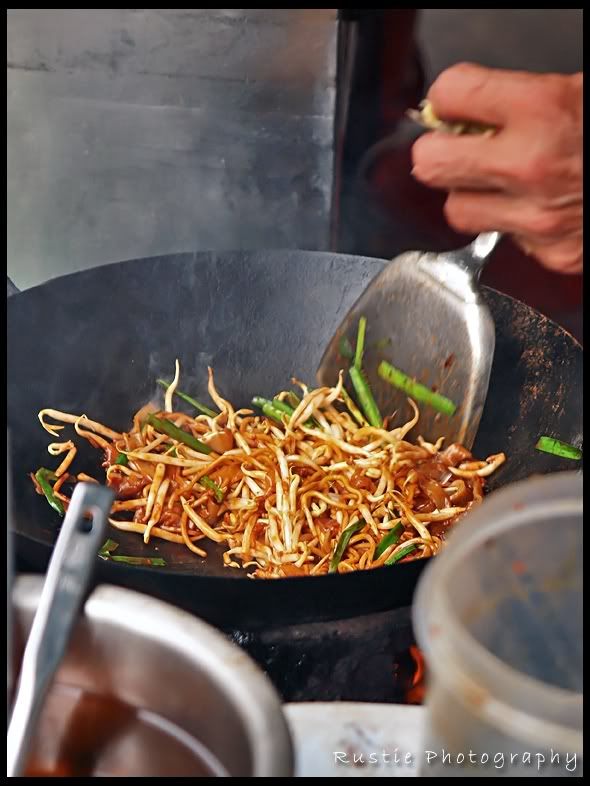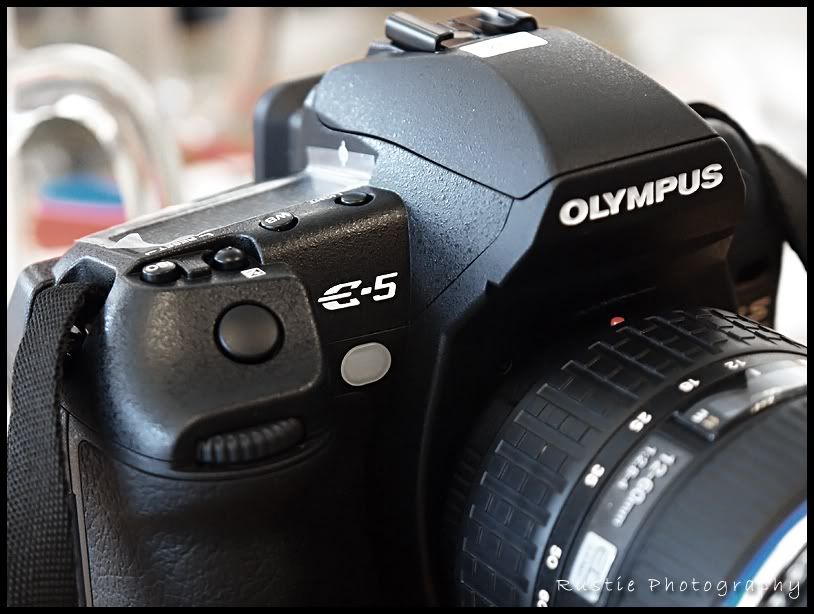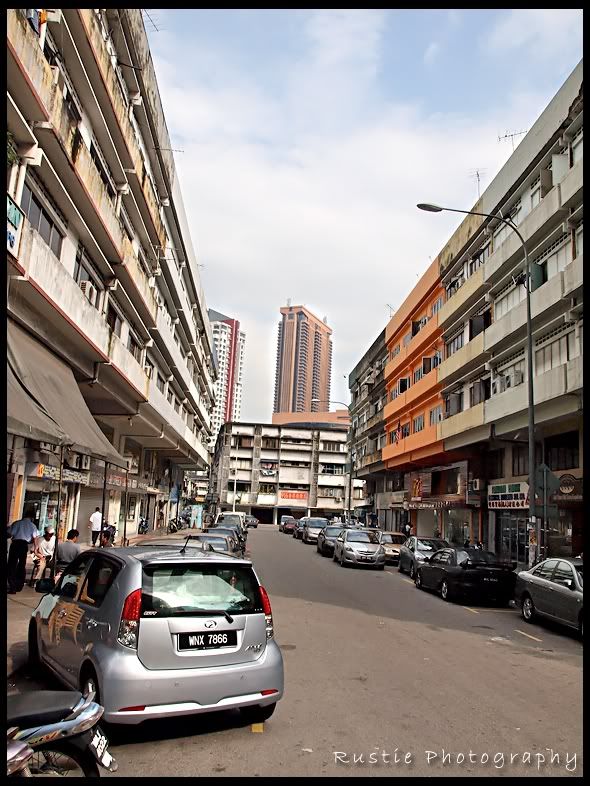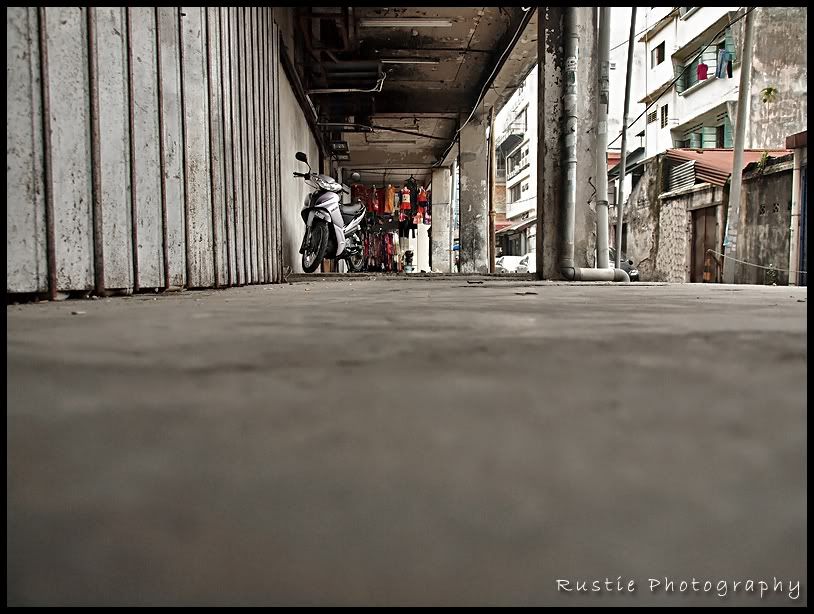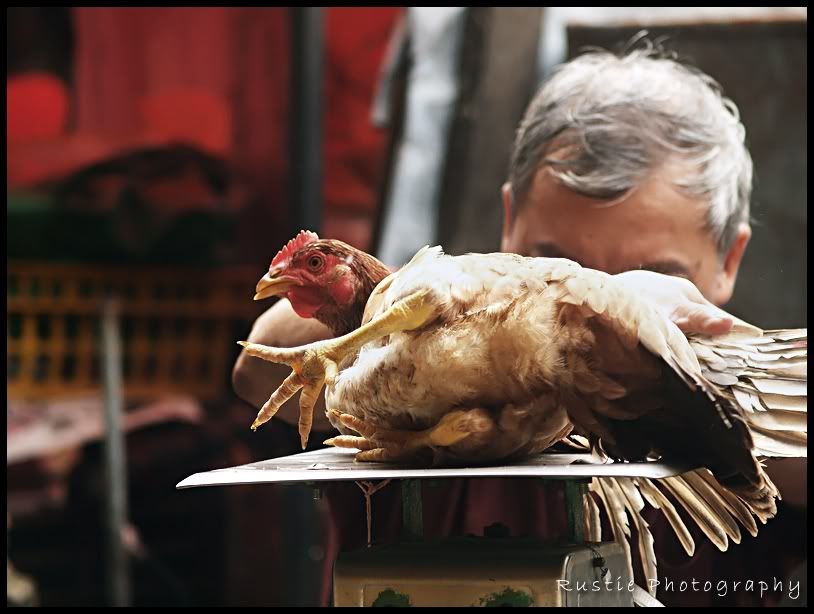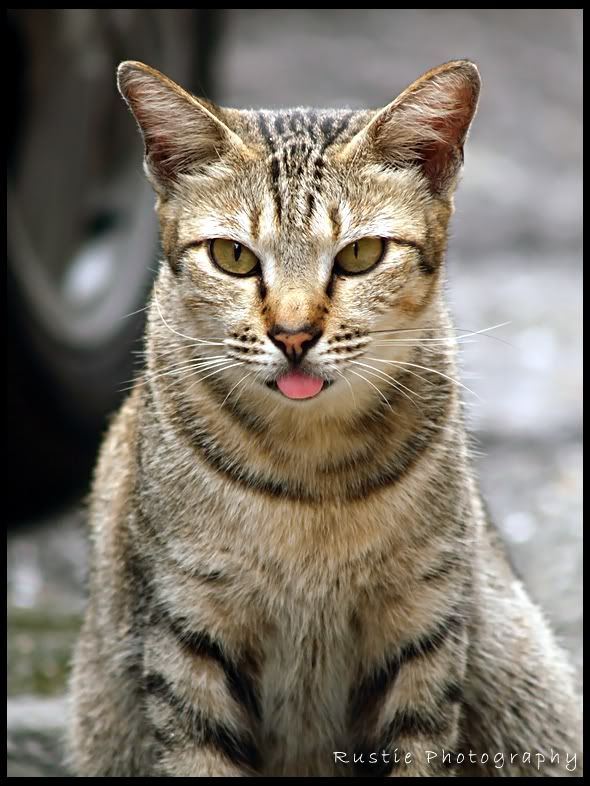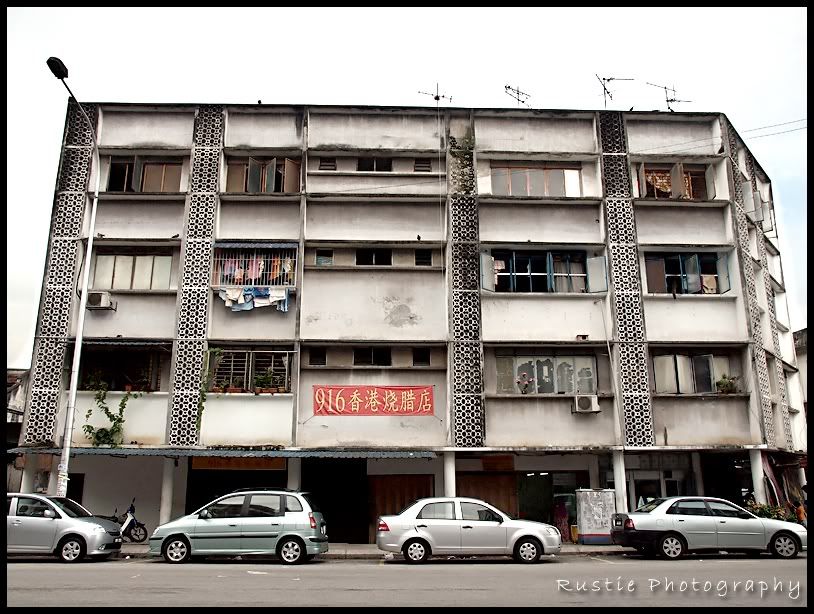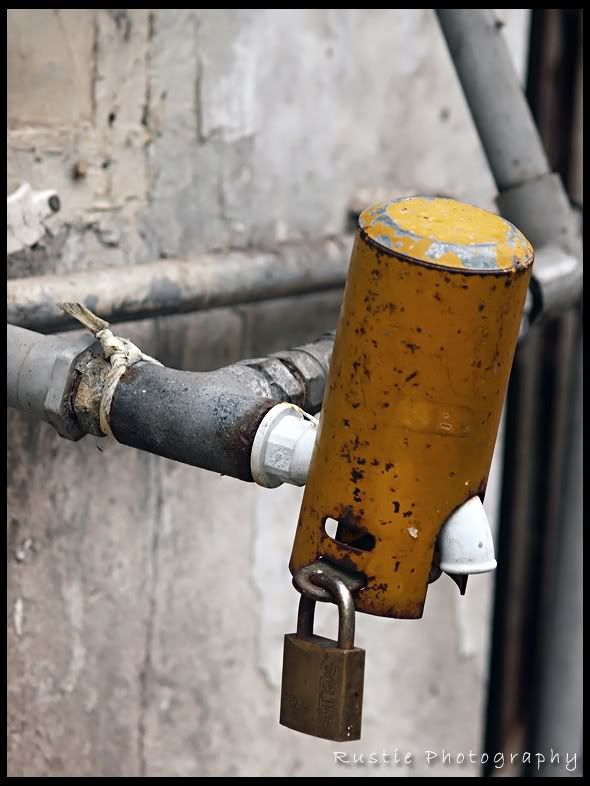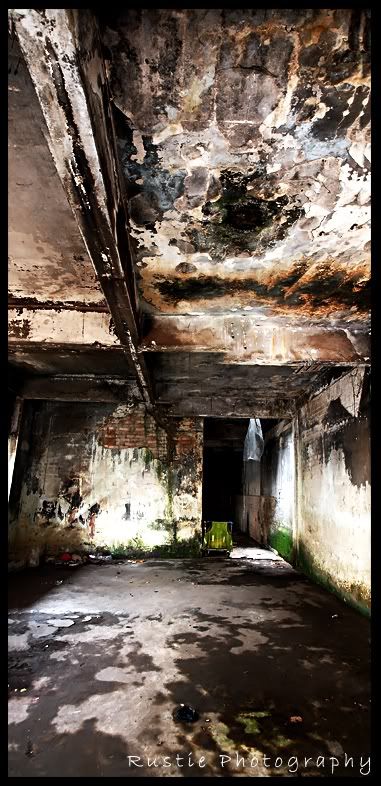
What really makes the difference in photography? The photographer or the gears? It is how one sees the world. That really sounds simplistic but that is the key.
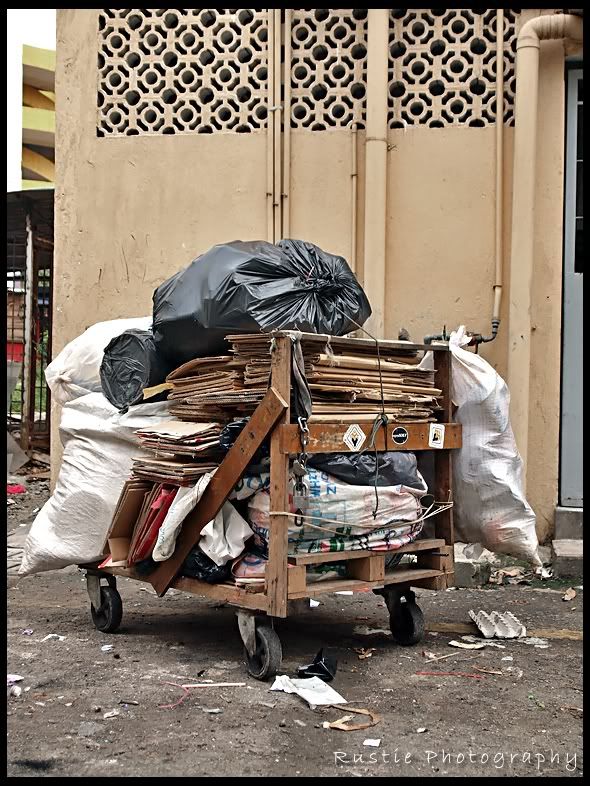
In order to capture the magnificent, one must see it as magnificent. It does not matter whether the subject is a snow-capped mountain or a heap of rubbish, a photographer sees something uniquely magnificent in the subject.

The subject may be magnificently beautiful or magnificently ugly; but it has a meaning that the photographer tries capture beyond the mere recording of objects and place.
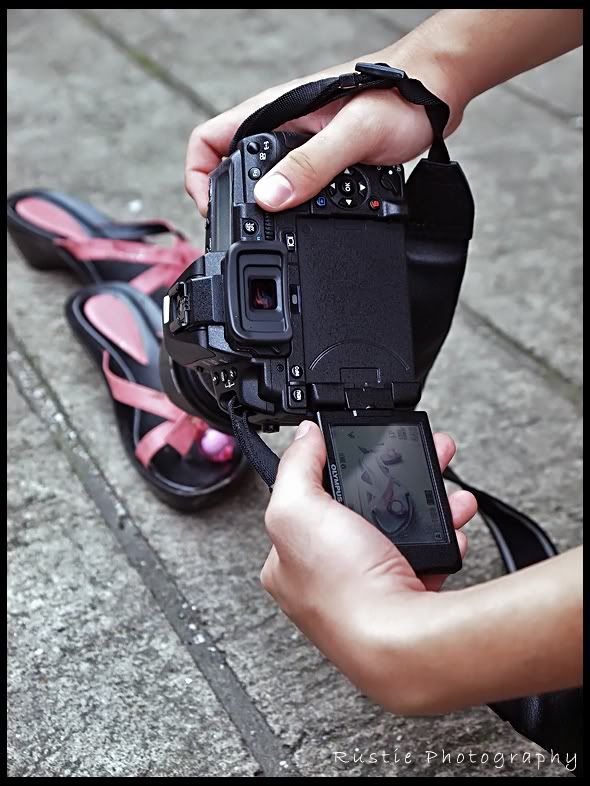
The best photographer sees the subject as a picture in the mind long before the camera is focused to capture that subject. To a photographer looking at a subject is looking at the possibility of capturing that subject. The mind's eye will frame, edit, and freeze the subject before the camera is raised.
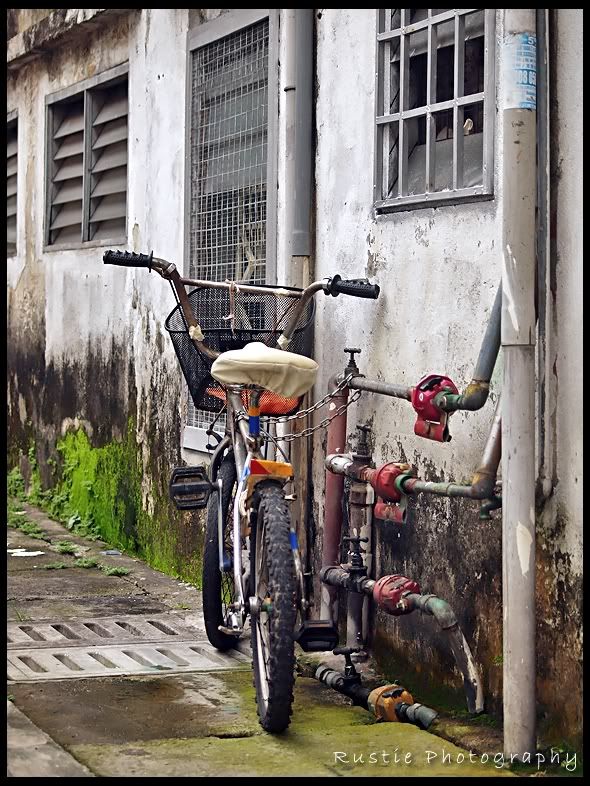
Photography is painting, drawing, or composing with a different medium or instrument. Looking at a photograph is looking at the photographer.
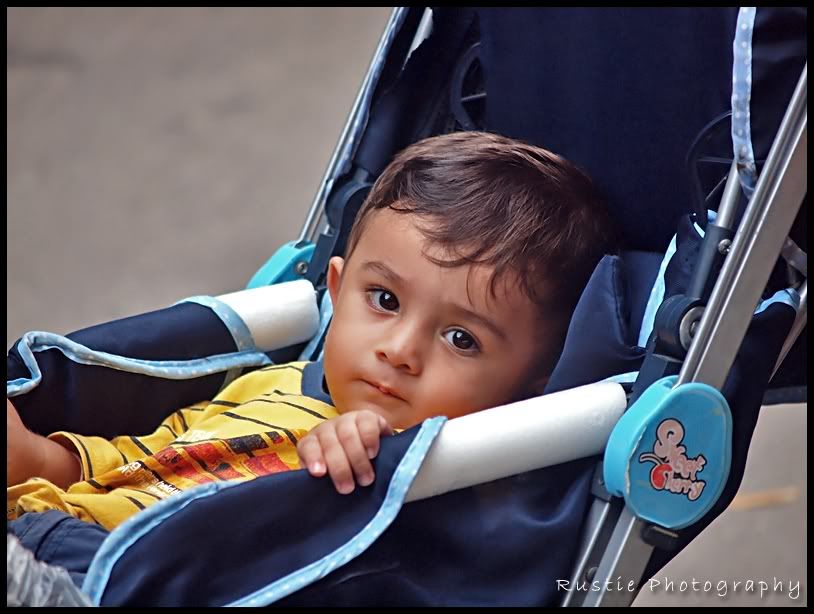
Great photographs trigger an emotional response in the viewer. Recently however, advances in digital technology have made the field seem much more complicated.

Advanced software applications and the rise of HDR photography have taken the focus away from the moment when the photograph was taken. Photographs can now be endlessly manipulated using computers.
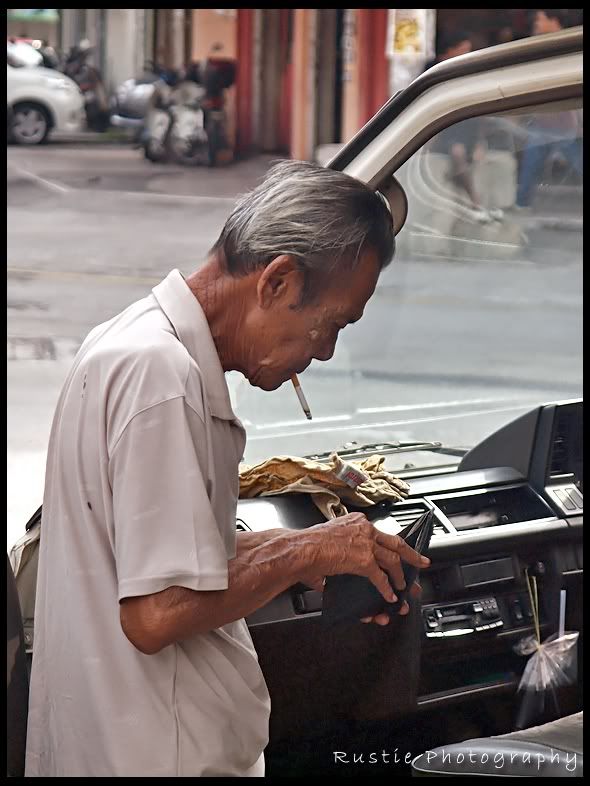
The single most important element of producing good photographs is to exercise your photographer’s eye regularly. Some photographers just seem to have the ability to capture the moment and it doesn't matter if this is done with a throwaway instamatic camera or a 40,000 ringgit digital miracle. Their ability stems from an instinctive understanding of the rules of composition (and how to break them in a positive way) and an understanding of how light works. Anyone can produce a good photograph simply by chance if they take enough shots.

Good photographers not only produce good photographs, they consistently produce good photographs and do it in conditions that others struggle with. They do this by constantly practicing and by learning from their mistakes.

You have to let yourself be guided by your 'inner senses' instead of following mere rules. It is when you are just about to take the shot that you feel as if your hands are guided by some inner feeling and you just KNOW that the picture you are about to take is going to be nothing but spectacular. A lot of people rely these days on digital photography so that they can throw away their bad shots if they have to. People often ask me the following: How do you know that your picture is going to turn out great before you hit the shutter button? All I tell them is: I just know before I take the shot.
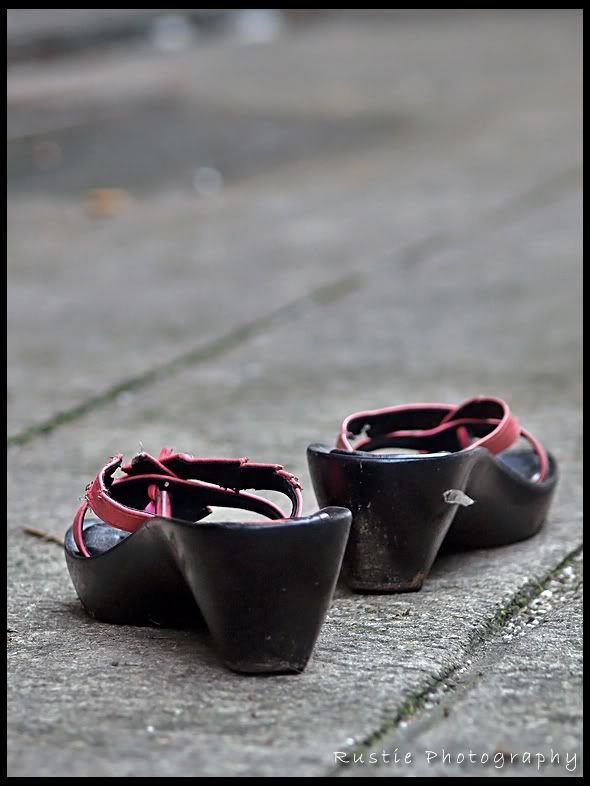
Now you might ask: But aren't there enough rules you can follow that will make you a better photographer? And indeed, there are so many useful rules to learn and follow, e.g. the rule of thirds, i.e. dividing your picture in thirds, the rule of using focal points to position your subject and etc.
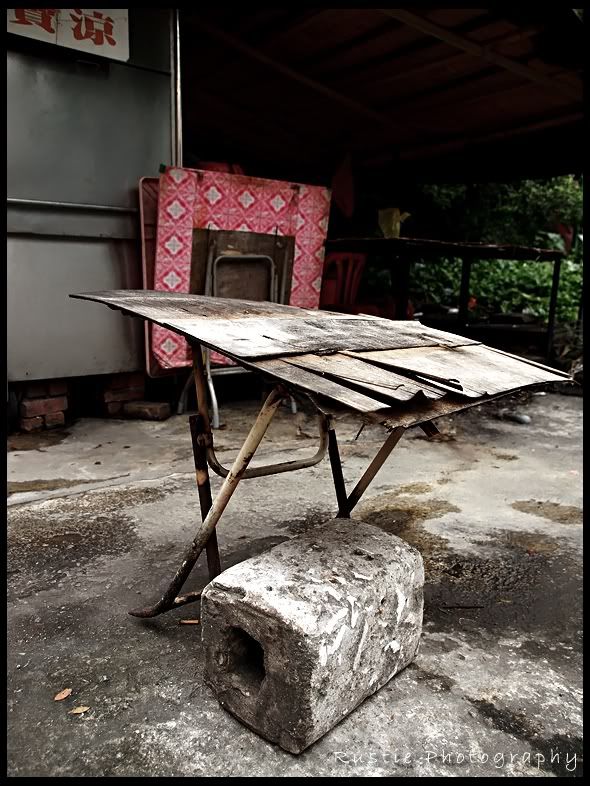
However, there is no substitute for using and developing your own intuition in photography. As with all arts, photography is all about seeing the beauty. You cannot confine beauty to any set of rules. Beauty can never be adequately described by words or rules as it is far beyond words and rules. Beauty has to be SEEN and FELT. Without intuition your photograph might be perfect according to the rules but might just lack that special element to set it apart from the millions of good photos out there. Many people have great intuition but stop making use of it at some point in time.
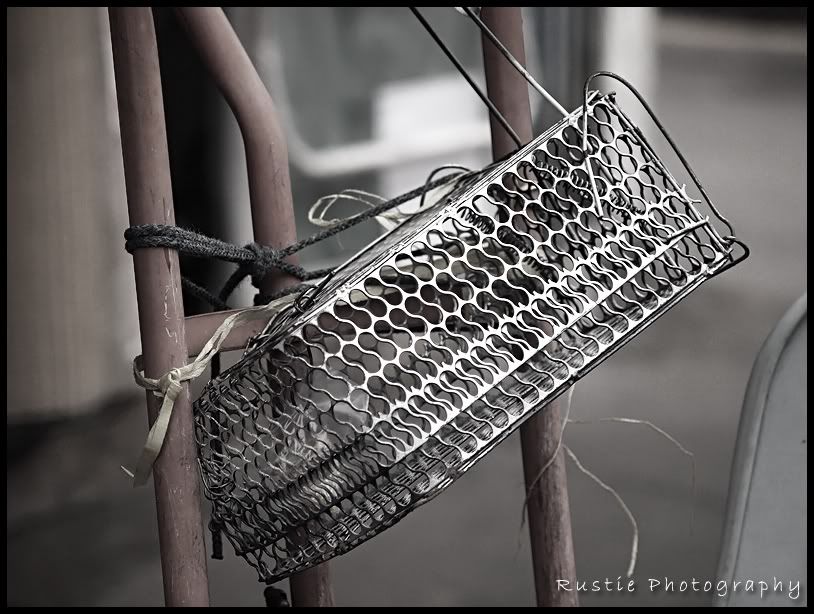
So, you might ask now: Do we need then need all those rules since we already have the intuition to guide us? Certainly do we need them. As strong as your intuition may be, you still need rules to guide and tame it. As powerful as your intuition is, it needs to be controlled. Like a beast that you don't want to let run wild, intuition without training will be useless and result in random successes. However, if you lock this 'beast' into a tight cage by limiting yourself by rules, this strong beast will start to grow weak and less powerful and will do less and less work for you until it eventually dies. The answer is simple: Know the rules, but let YOUR intuition guide you. In the same way you cannot use your talent and intuition without knowing a few rules. However, rules are NEVER a substitute for using your intuition. Following rules is so simple, even a robot can do it.
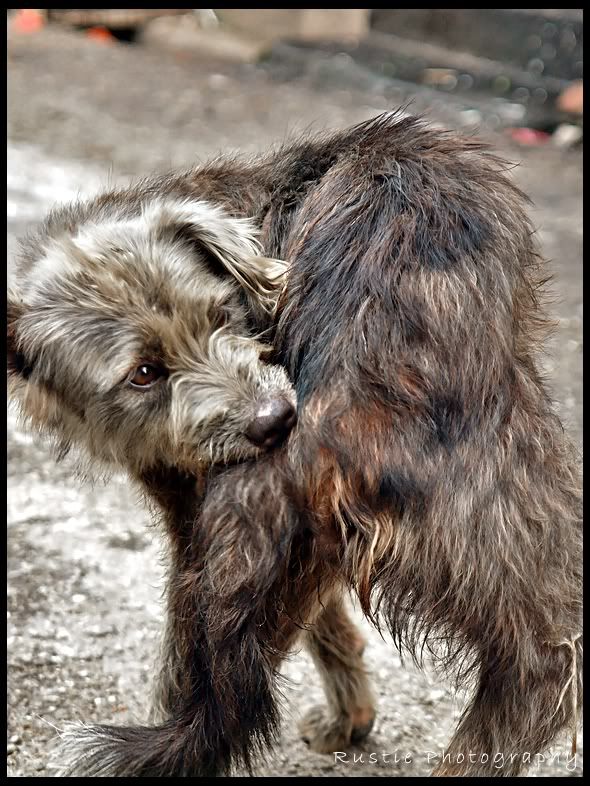
So try this: Walk through this world with an open eye and let the beauty of it capture you. It could be the beauty in people, animals, great landscapes or even small things. Let it have its impression on you. It will shape you and you will discover your intuition for photography. The next time you want to take a photograph, try not to think about what is the right way to take it. Rather ask yourself next time: What captures my senses here? Sometimes you have to break rules.
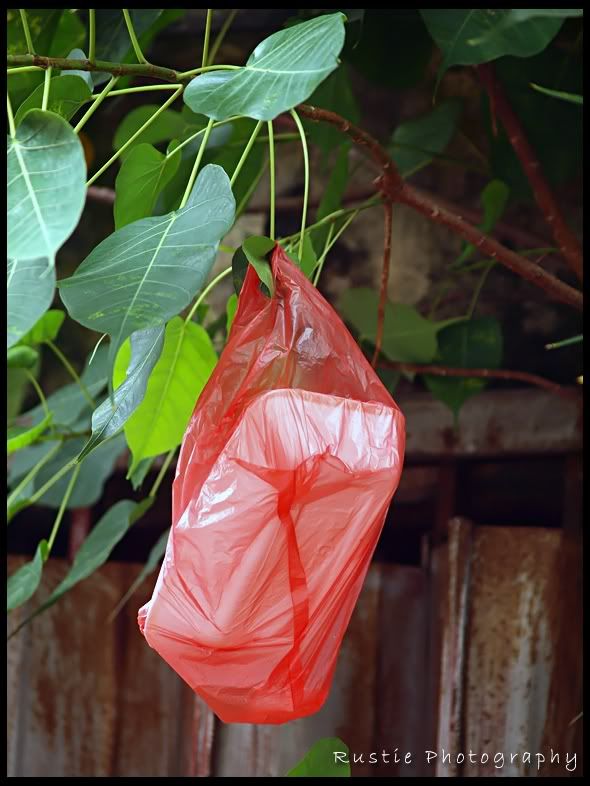
The human intuition is such a powerful instrument in arts. It gives a piece of art this certain, unique touch to set itself apart from the mass. It is the photographer's vision of the subject and the viewer's interpretation of that vision that makes a great photograph.
Share
